Exploring the Art and Science of Fimming Cannabis is Maximizing Yields and Canopy Management
Introduction:
Cannabis cultivation has evolved beyond traditional methods, with growers continually seeking innovative techniques to enhance yields and promote healthy plant development. Fimming, a method derived from the term “F**k I Missed,” is a pruning technique gaining popularity among cultivators for its ability to increase yields and encourage lateral growth. In this comprehensive exploration, we will delve into the reasons why fimming is done, the science behind the technique, and the step-by-step process to successfully fim cannabis plants.
Understanding Fimming:
Fimming is a high-stress training (HST) technique used to manipulate the growth patterns of cannabis plants. Unlike topping, which involves removing the apical meristem (main stem) to encourage the development of two main colas, fimming is a more nuanced approach. When fimming, growers remove a portion of the new growth, including the apical meristem, leaving behind a portion of the shoot nodes. This action stimulates the plant to redirect its growth energy, resulting in the development of multiple main colas and increased lateral branching.
Why Fimming is Done:
Increased Canopy Density:
Fimming encourages the growth of multiple colas from the topped shoot nodes, leading to a bushier and more expansive canopy. A denser canopy maximizes light exposure to lower branches, ultimately increasing the number of bud sites and overall yields.
Enhanced Light Penetration:
By creating a bushier structure with multiple colas, fimming allows for better light penetration into the lower canopy. This is particularly beneficial for indoor growers using artificial lighting, as it helps to optimize the use of available light and promote the development of buds in areas that would otherwise receive less light.
Improved Air Circulation:
Fimming contributes to better air circulation throughout the plant canopy, reducing the risk of mold, mildew, and pest infestations. The increased airflow helps maintain a healthy microclimate around the plants, promoting overall plant health.
Adaptability to Space Constraints:
Fimming is well-suited for growers with limited vertical space. By encouraging lateral growth and multiple colas, fimming allows cultivators to make the most of available space, especially in environments where vertical height is restricted.
Increased Harvest Potential:
The increased number of bud sites resulting from fimming translates to a higher potential for harvest. More colas mean more flowering sites, ultimately leading to a greater yield at the end of the cultivation cycle.
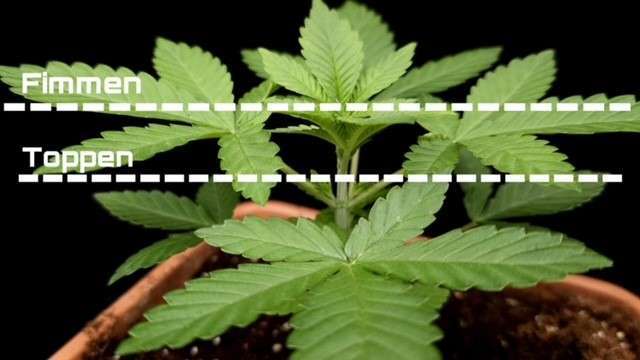
Fimming is a delicate process that requires precision to achieve optimal results. Here’s a step-by-step guide on how to fim cannabis plants:
Materials Needed:
Sterilized scissors or pruning shears
Clean, preferably sterilized, hands
Healthy cannabis plants in the vegetative stage
Step 1: Timing is Crucial:
Fimming is most effective during the early vegetative stage when the plant has developed a sufficient number of nodes but hasn’t transitioned to the flowering phase. Aim to fim your plants when they have 4-6 nodes, and the new growth is still young and pliable.
Step 2: Identify the Growth Tip:
Locate the apical meristem, which is the central, topmost growth tip of the plant. It’s crucial to accurately identify this point, as fimming involves removing a portion of it.
Step 3: Make the Cut:
Using sterilized scissors or pruning shears, make a clean, horizontal cut across the apical meristem. Unlike topping, where the entire meristem is removed, fimming involves leaving a small portion of the growth tip intact. The goal is to cut approximately 75-80% of the tip, leaving behind a small portion of the shoot nodes.
Step 4: Encourage Lateral Growth:
Following the cut, the plant will redirect its growth energy to the remaining nodes. Over time, this will result in the development of multiple new shoots and lateral branches. The plant will become bushier, with increased potential for bud development.
Step 5: Monitor and Support Growth:
Keep a close eye on the plant’s response to fimming. New shoots should emerge from the cut nodes within a week or two. Provide adequate support for the growing branches as the plant transitions into the flowering stage to prevent breakage under the weight of developing buds.
Step 6: Repeat as Needed:
Depending on the desired level of bushiness and the specific strain’s characteristics, growers may choose to fim their plants more than once during the vegetative stage. However, it’s crucial not to over-prune, as this could stress the plant excessively.
The Science Behind Fimming:
Understanding the physiological response of cannabis plants to fimming is key to mastering this technique. When the apical meristem is partially removed, it signals the plant to redistribute growth hormones, particularly auxins, which are responsible for apical dominance. The remaining nodes, now released from the dominance of the apical meristem, become active and give rise to new shoots.
The process of fimming essentially tricks the plant into focusing on lateral growth rather than vertical growth. As a result, the plant develops multiple main colas instead of a single dominant one. The increased number of colas and lateral branches create a more robust and efficient canopy for light absorption and bud development.
Tips for Successful Fimming:
Start with Healthy Plants:
Fimming is a high-stress training technique, and it’s essential to begin with healthy, vigorous plants. Weak or stressed plants may not respond as favorably and could experience setbacks in growth.
Practice Patience:
Allow the plant sufficient time to recover and respond to the fimming process. Be patient and avoid making additional interventions until the plant has shown signs of new growth.
Precision is Key:
Make clean, precise cuts to minimize stress on the plant. Use sharp, sterilized tools to reduce the risk of infections.
Observe and Adjust:
Monitor the plant’s response to fimming and adjust environmental factors, such as light intensity and nutrient levels, as needed. Fimming may increase nutrient requirements, so pay close attention to the plant’s overall health.
Consider Strain Characteristics:
Different cannabis strains may respond differently to fimming. Consider the growth patterns and characteristics of the specific strain you are cultivating when deciding whether and how to fim.
Fimming is a powerful tool in the arsenal of cannabis cultivators seeking to maximize yields and optimize canopy management. This high-stress training technique, when executed with precision and an understanding of plant physiology, can result in a bushier, more productive cannabis plant. By encouraging lateral growth and redistributing growth hormones, fimming offers growers the opportunity to create a robust canopy with multiple main colas, ultimately leading to a more bountiful harvest. As with any cultivation technique, it’s essential to approach fimming with care, observe the plant’s response, and tailor the method to the specific needs of the strain being grown.



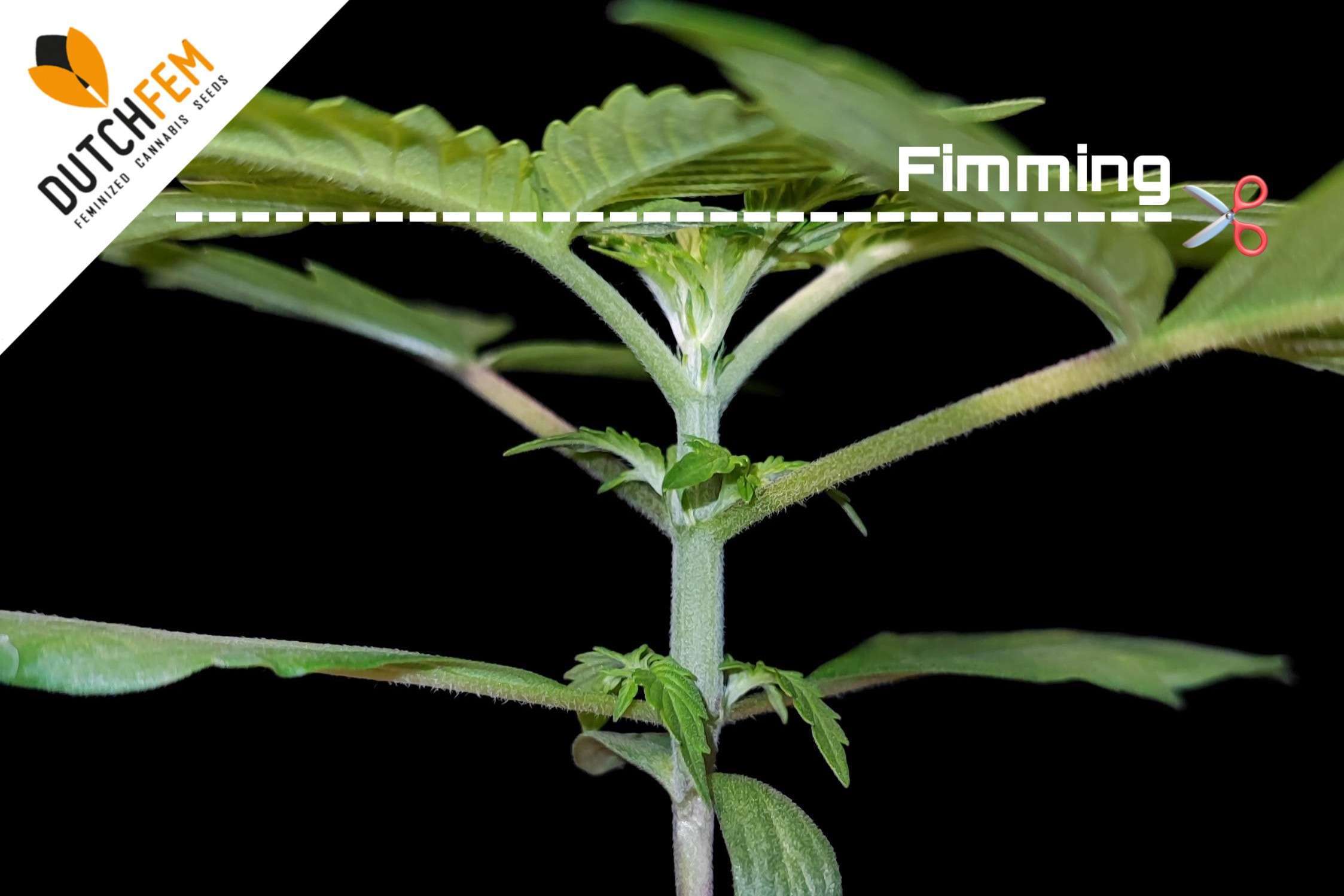
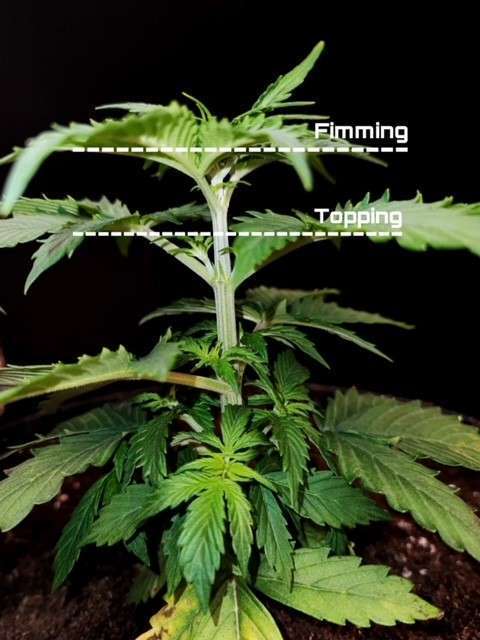







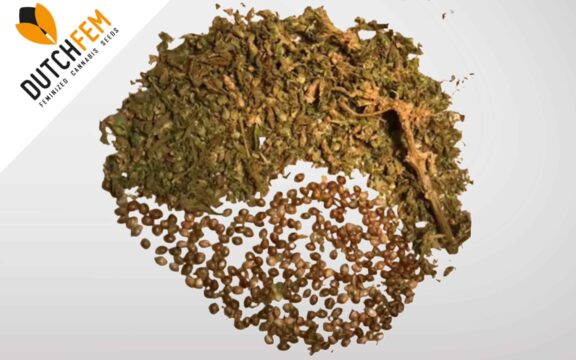





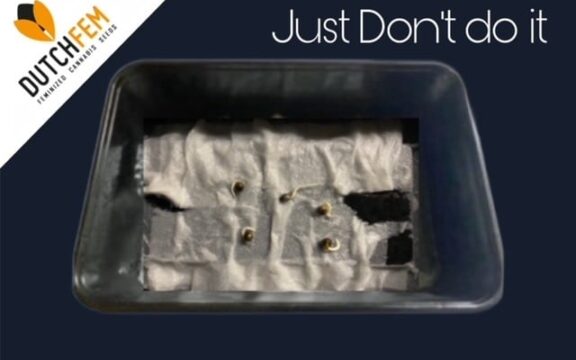
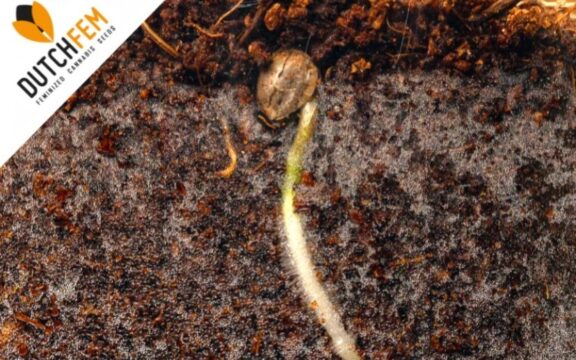







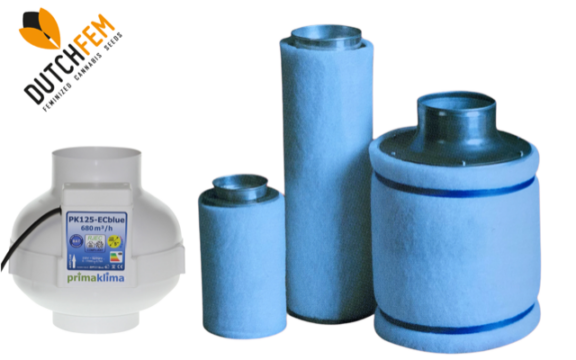






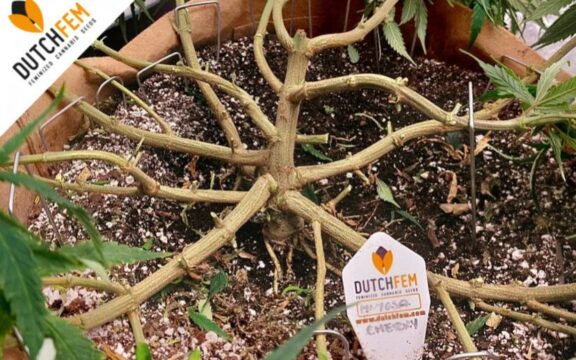














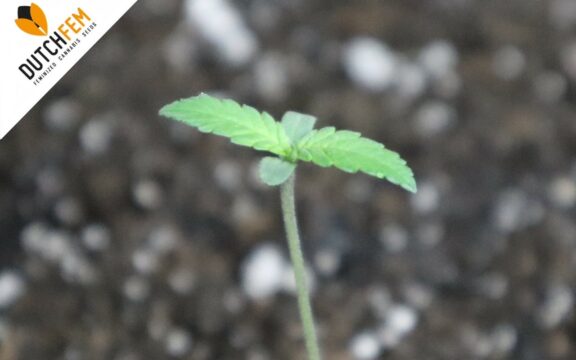

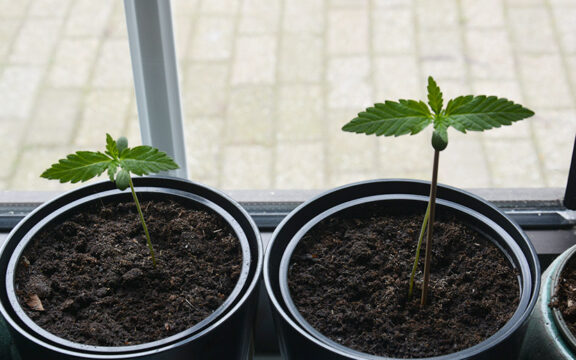
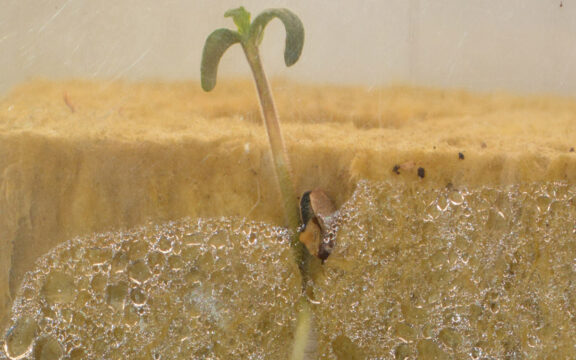




You must be logged in to post a comment.